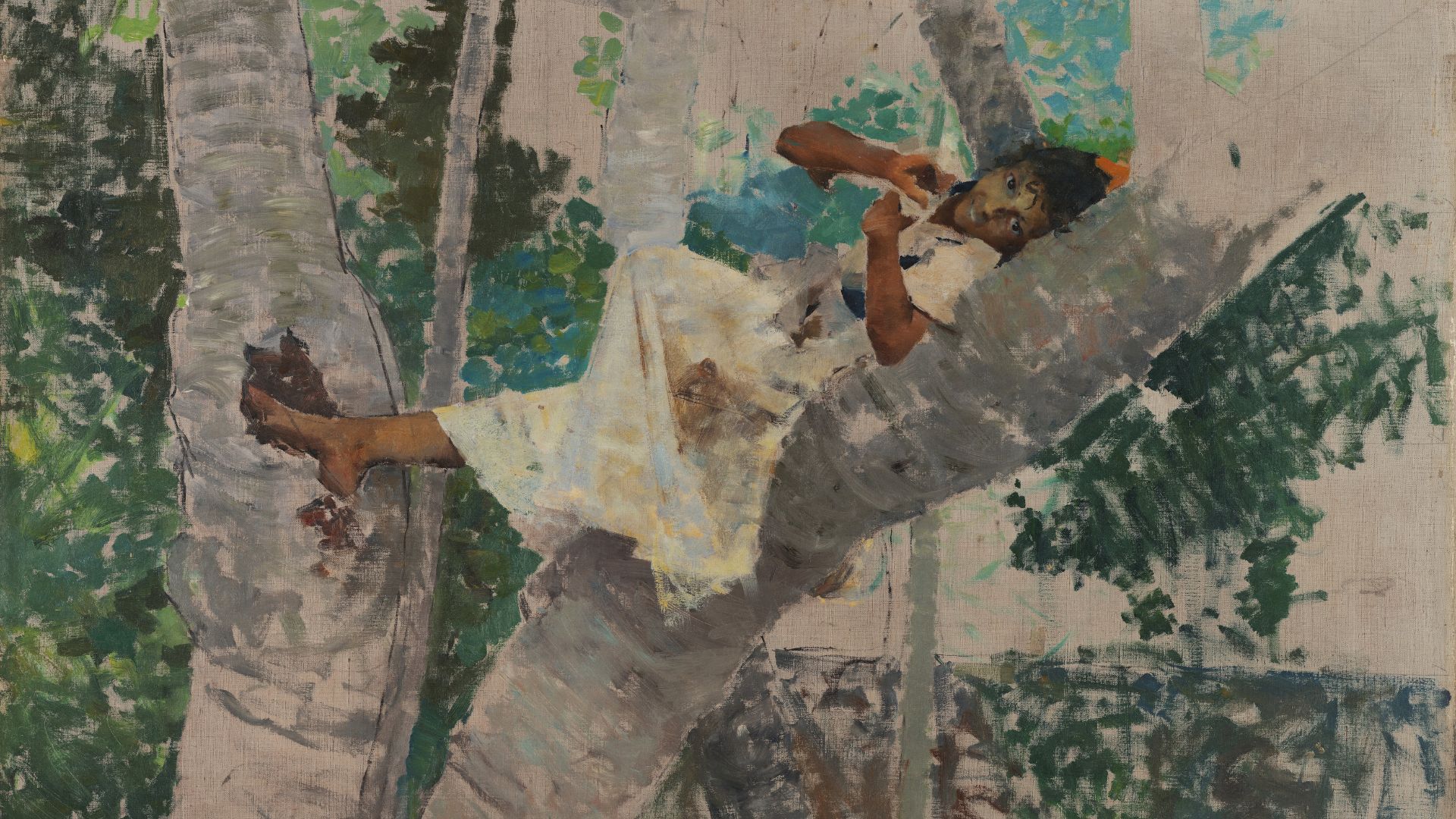Google Arts & Culture is currently highlighting the editorial “10 Portuguese painters you need to know”, which includes two works by Henrique Pousão: “Vila de St. Sauves” and “Rapariga deitada no tronco de uma árvore” (Girl lying on a tree trunk) (pictured), both of which belong to the collection of the Soares dos Reis National Museum and are at the Long-Term Exhibition.
In addition to Henrique Pousão, the editorial “10 Portuguese painters you should know” includes references to Grão Vasco, Nuno Gonçalves, Paula Rego, Amadeo de Souza-Cardoso, José Malhoa, Almada Negreiros, Joaquim Rodrigo, Columbano Bordalo Pinheiro and Vieira da Silva.
Henrique Pousão was born on 1st January 1859 in Vila Viçosa, where he also died at the age of 25.
He entered the Academia Portuense de Belas-Artes, where he was honoured as a painter of the first naturalist generation, and was a state pensioner in France and Italy.
His work is strongly represented in the collection of the Soares dos Reis National Museum, where you can find the works “Casas Brancas de Capri” (The white houses of Capri), “Senhora Vestida de Preto” (Lady in black) and “Janelas das Persianas Azuis” (Window with blue blinds), all classified as national treasures.
His paintings of roads and streets, courtyards, houses and aspects of Paris bear witness to his creative journey, which culminated in his stays in Rome and Capri.
His work, which reveals the boldness and talent of the young painter and his absolute interest in the values of the painting itself to the detriment of the themes or the narrative, was given, after his premature death, to the Academia Portuense de Belas Artes.
Henrique Pousão (1859-1884)
His family recognised his talent from an early age, especially in his pencil portraits. At the age of 10, he moved to Barcelos and, in 1872, settled in Porto. It was in this city that he attended the atelier of the painter António José da Costa to prepare for his entry into the Academia Portuense de Belas-Artes (1872). Greatly influenced by Marques de Oliveira, who had returned from Paris in 1879, Pousão won the competition to become a pensioner and arrived in Paris at the end of 1880, accompanied by Sousa Pinto (1856 – 1939).
In Spain, he had already visited the Prado Museum and before joining Cabanel and Yvon’s studio, he also visited art galleries and museums in Paris and learnt about Impressionism, especially in 1881 in the French region of Puy-de-Dômes, in the village of Saint-Sauves.
That year, he moved to Rome, where he rented a studio and, in 1882, produced significant works, also in Naples and Capri. Landscapes with a poetic and vibrant colour, exercises in capturing light, genre paintings such as Cecília (on the cover photo), and portraits, such as Senhora Vestida de Preto (Lady in black), done in Paris, reveal his modernity, unusual in the Portuguese art scene. Victimised at the age of 25 by tuberculosis, his work became important decades later.

